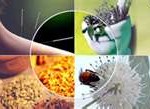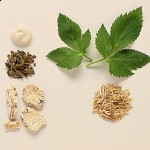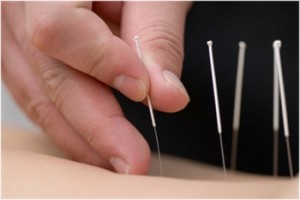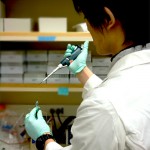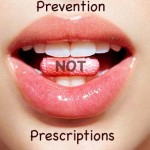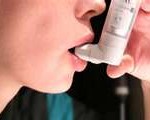 Yes, Chinese herbs for asthma sufferers. This comes straight from the horses mouth, the American Academy of Allergy, Asthma and Immunology. Stated in September 2005, “This is the first well-controlled study in which an anti-asthma Chinese herbal medicine has been found to be as effective as a corticosteroid drug. Additional clinical studies of ASHMI in the USA are planned.”
Yes, Chinese herbs for asthma sufferers. This comes straight from the horses mouth, the American Academy of Allergy, Asthma and Immunology. Stated in September 2005, “This is the first well-controlled study in which an anti-asthma Chinese herbal medicine has been found to be as effective as a corticosteroid drug. Additional clinical studies of ASHMI in the USA are planned.” Chinese herbs for asthma, have you heard of this?
 Yes, Chinese herbs for asthma sufferers. This comes straight from the horses mouth, the American Academy of Allergy, Asthma and Immunology. Stated in September 2005, “This is the first well-controlled study in which an anti-asthma Chinese herbal medicine has been found to be as effective as a corticosteroid drug. Additional clinical studies of ASHMI in the USA are planned.”
Yes, Chinese herbs for asthma sufferers. This comes straight from the horses mouth, the American Academy of Allergy, Asthma and Immunology. Stated in September 2005, “This is the first well-controlled study in which an anti-asthma Chinese herbal medicine has been found to be as effective as a corticosteroid drug. Additional clinical studies of ASHMI in the USA are planned.” 

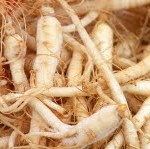 Ever since Dr. Oz’s interview in Esquire magazine (Dec. 09) I’ve been fielding a phethera of questions on ginseng. Thanks Dr. Oz, I’m always happy to talk about the Chinese herbs I love. It’s an added bonus that the best American Ginseng is actually grown in Wisconsin, my old stomping grounds. I also love to buy American whenever possible.
Ever since Dr. Oz’s interview in Esquire magazine (Dec. 09) I’ve been fielding a phethera of questions on ginseng. Thanks Dr. Oz, I’m always happy to talk about the Chinese herbs I love. It’s an added bonus that the best American Ginseng is actually grown in Wisconsin, my old stomping grounds. I also love to buy American whenever possible.